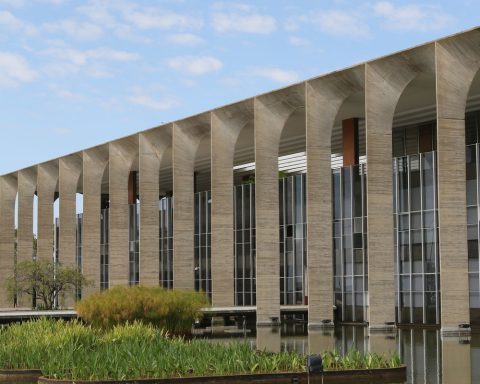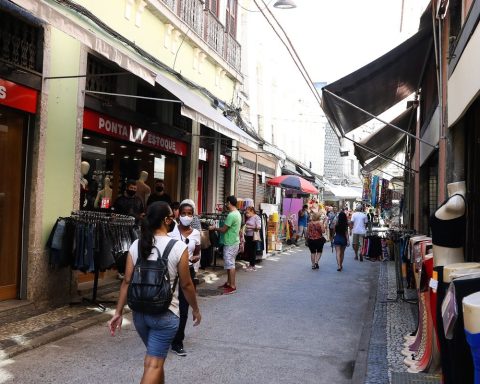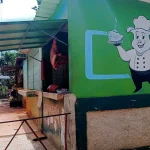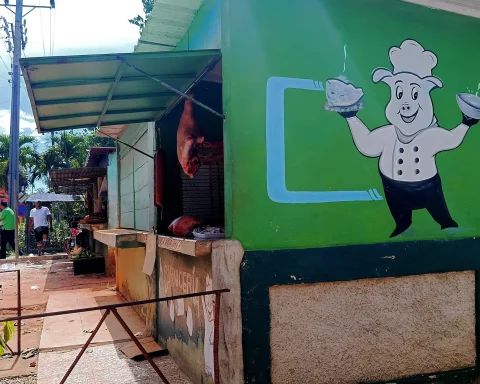The Federal Justice of Amazonas, through the 3rd Civil Court, recognized the legitimacy of the demarcation of Murutinga and Tracajá territories, of the Mura people. The process was being questioned in court by the Autazes Rural Union, which represents agribusiness figures in the region and was condemned, in the action, to pay the costs and fees. The decision was announced last Monday (3).
The demarcation of the two lands was carried out by the then National Indian Foundation (Funai), in 2012. For the union of rural producers, the procedure should be annulled for three reasons, as detailed to the Justice: the suspicion of the anthropologist who based the process on in favor of the Mura, disrespect for the ample defense and the contradictory and the absence of ownership of the area by the Mura community at the time of the promulgation of the 1988 Constitution. This means that the entity that represents agribusiness, in this case, sought to hold on to the so-called Temporal, thesis that proposes that indigenous peoples only be recognized the right to lands that were occupied by them on the date of enactment of the Federal Constitution, which, in other words, limits access to territories and allows them to be considered invasive owners, such as land grabbers, loggers, agribusiness entrepreneurs and miners.
After analyzing the evidence, the judge responsible for the case considered that “the administrative process followed all the steps provided for in the legislation”. The magistrate also concluded that the rights of the indigenous people over their lands are original, which means that any title deeds owned by private individuals are not valid.
wanted by Brazil Agencythe union said that the entity’s legal advice is analyzing the decision.
According to the Instituto Socioambiental (ISA), the Mura live both in Autazes and in the Amazonian capital, Manaus, and in the municipality of Borba. They are a people who occupy areas in the water complex of the Madeira, Amazon and Purus rivers and who have suffered various stigmas and massacres. One of the effects of the attacks is the very incorporation of the Portuguese language, which has become the main one since the 20th century, and of Nheengatú, which originally had their own, isolated language.
“Due to the wide mobility and dispersion of the Mura over a vast territory, global population counts are highly inaccurate and difficult to carry out. point to an approximate population of 9,300 people inhabiting indigenous lands. This calculation, however, does not include the population of villages and indigenous lands whose demarcation processes have not yet been concluded, not even the inhabitants of urban centers, which comes to make it difficult, or even prevent, the planning of adequate public policies to serve the Mura population, both in the villages and in the cities”, points out the ISA, when describing the Mura people.
















